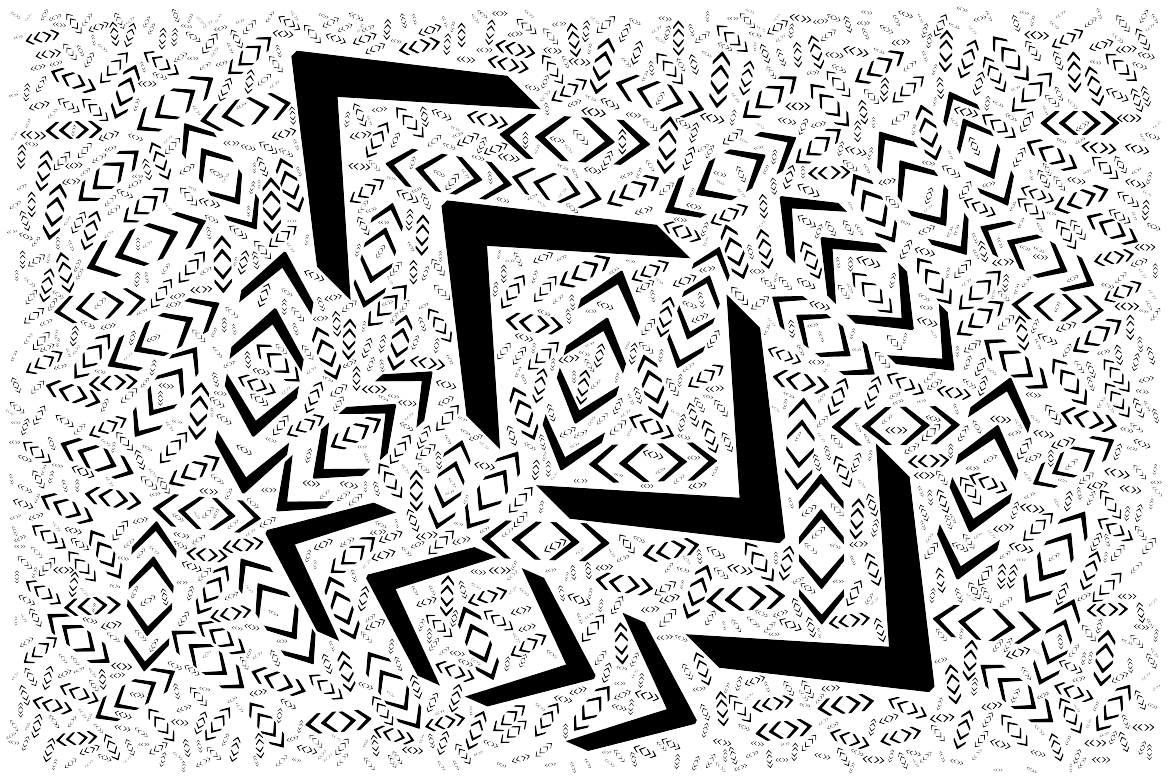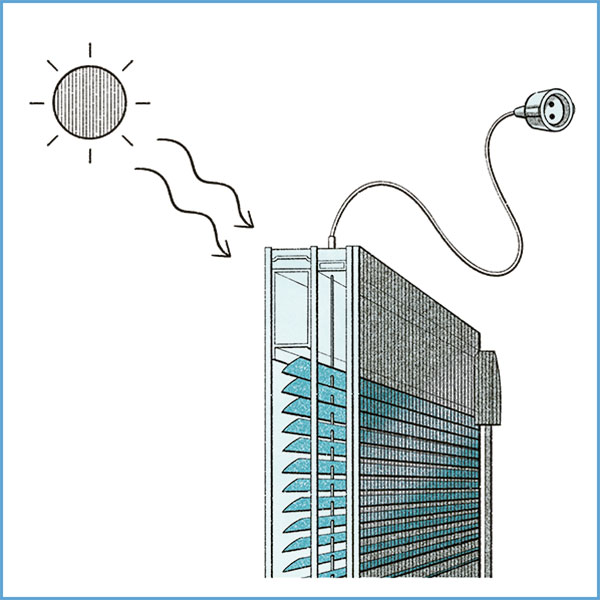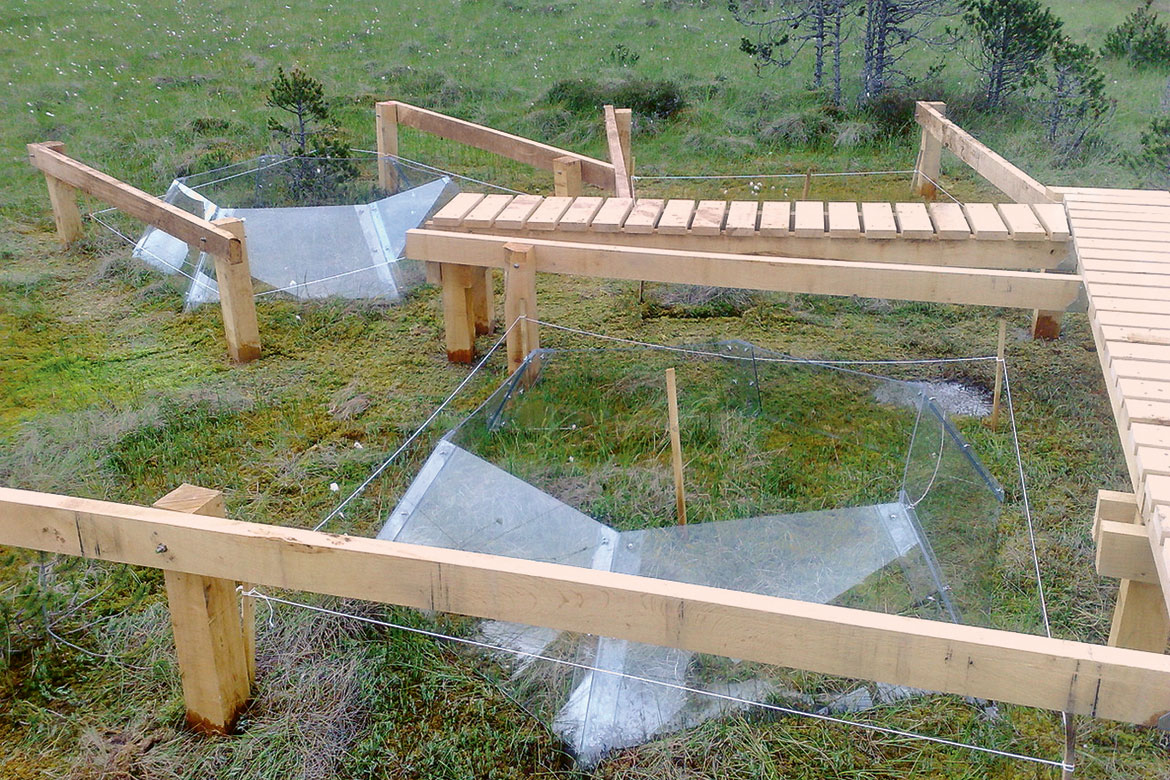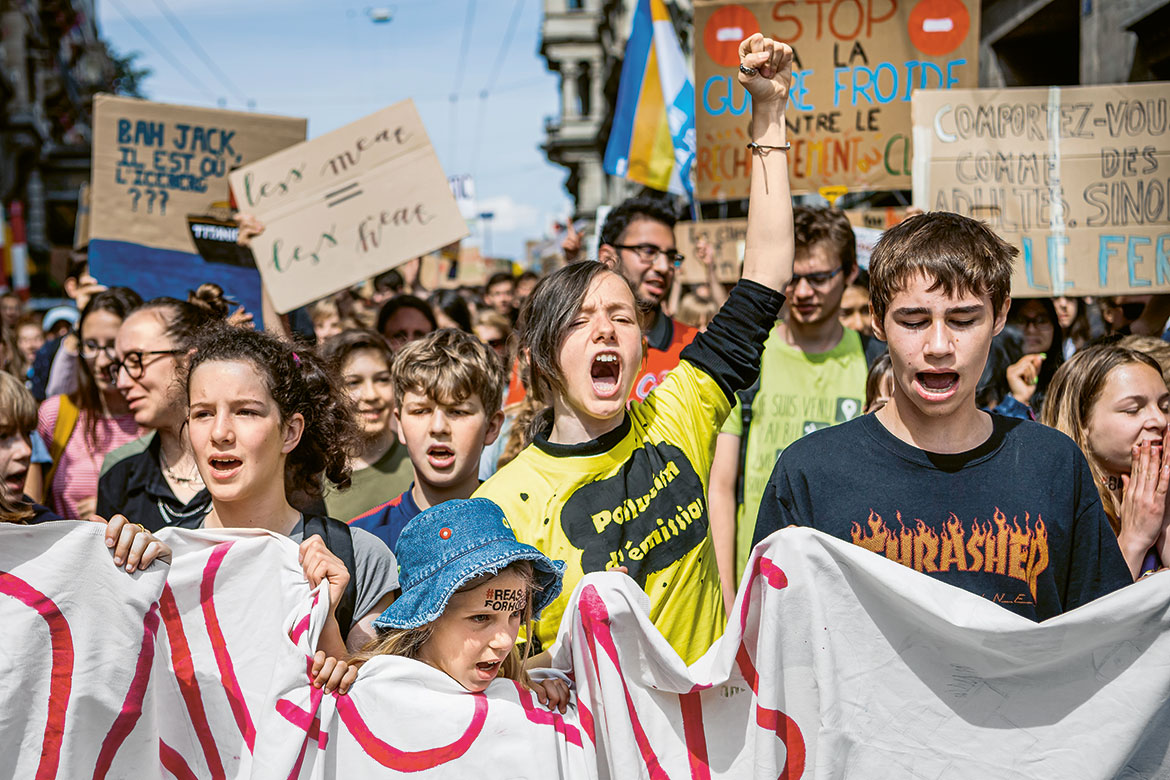VEGETATION
Climate change and the reforesting dilemma
Shrewd land-use can help promote the uptake of carbon dioxide without generating the dark surfaces that actually promote global warming.
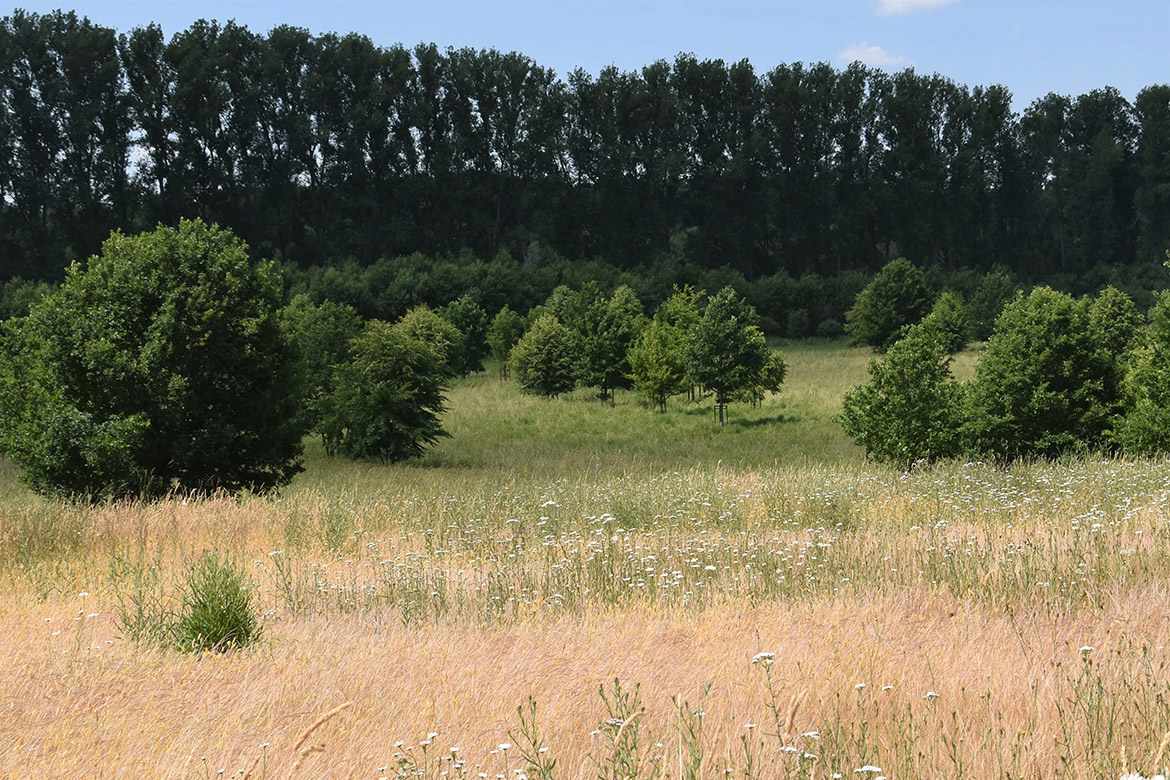
The dark forest stores more CO₂, while the meadow’s lighter surface means it warms up less from the sun’s rays. Both effects have to be retained if the land is to be used optimally in a way that will mitigate climate change. | Image: Stiftung Rheinische Kulturlandschaft.
The climate needs plants to absorb carbon dioxide from the atmosphere. Light-coloured surfaces, e.g., snow or yellow-green vegetation, also have a significant cooling impact by reflecting the sun’s rays. This is called the ‘albedo effect’.
An international research team including Swiss scientists has now discovered that the albedo effect and the absorption of CO₂ in fact work against each other. To determine this, they used data from 176 measuring towers located in a wide variety of ecosystems across the world that measure both the flow of CO₂ and the albedo. “If you optimise the CO₂ uptake by means of reforestation, this often cancels out the albedo – such as when dark trees break through a shiny white covering of snow”, says Alexander Graf, the lead author of the study coordinated by the Research Centre Jülich in Germany. Their data also revealed the same trade-off in different types of forest and woodless vegetation.
But this discovery is also a reason for hope. “The current CO₂ uptake of many ecosystems could be improved without necessarily reducing the albedo significantly”, says Graf. Optimising land-use for both processes at the same time would allow for a win-win approach. For example, you could resow a dark brown field immediately following the harvest. Intermediate crops such as mustard plants would not absorb much carbon dioxide permanently, but would greatly increase the albedo. And besides their cooling effect, they would also promote biodiversity. Another approach could be to engage in reforesting, planting occasional clumps of trees on light-coloured meadows. Young trees would barely reduce the amount of light reflected back by the meadow. But they would start absorbing CO₂ immediately, and continue doing so throughout their long lives. The efficient use of the land can therefore promote cooling in the short term and store carbon in the long term, helping us to put a brake on climate change.

